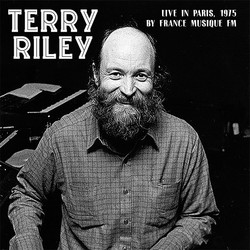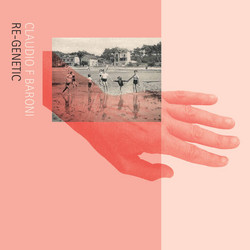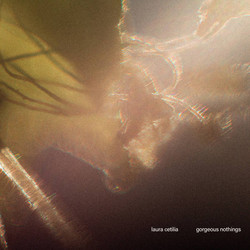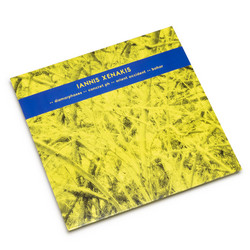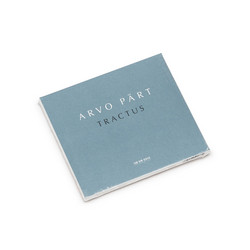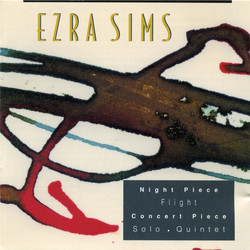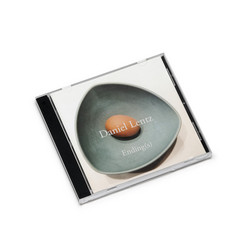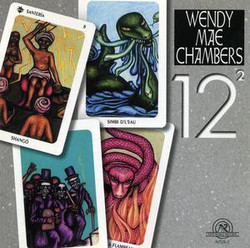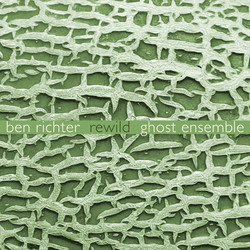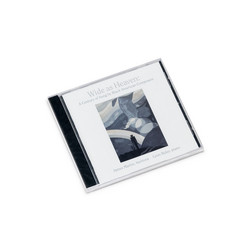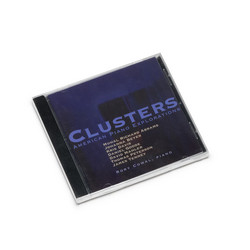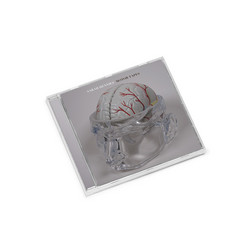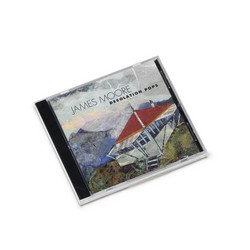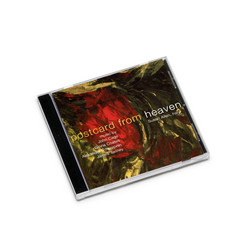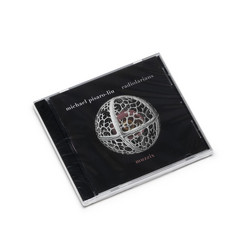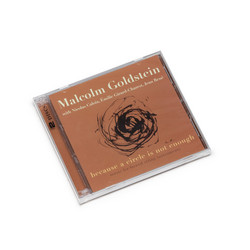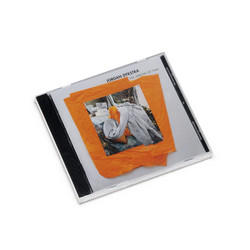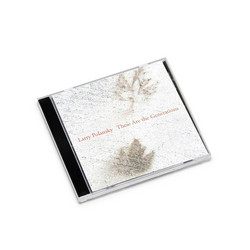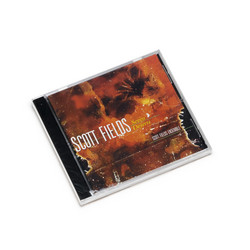Ezra Sims (1928-2015) was known mainly as a composer of microtonal music. Surrounded by world-class performers who championed his music, he produced a large number of chamber and solo, choral, and two orchestral works. With his unwavering commitment to his unique vision, he made an enormous contribution to modern music. This retrospective spans his entire career, almost fifty years of compositional activity, and is an excellent introduction to his very distinctive sound world. Sims’s lyricism and delicate touch are evident in his earliest works, Sonata and Sonatine, both serial and composed in 1957. Sims says that at the time he was drawn to atonality, twelve-tone techniques, and serialism because of his desire for a “level of saturated dissonance.” AEDM in mem (1988) has a deeply introspective quality, as solo pieces often do.
If I Told Him (1996), based on a Gertrude Stein poem, is declamatory and almost percussive, like Stein’s own reading. Stein considered her poem to be a Cubist poem, an homage to Picasso’s Cubist paintings. The broken fragments of sentences, and their overlapping at odd angles, are an obvious correlation to Cubism, and the exhaustive repetition of these fragments is well suited to the types of ostinati in Sims’s music.
Musing and Reminiscence (2003) has a sober and nostalgic quality. In a sense, it is a retrospective of a lifetime’s methods, mannerisms, and characteristic turns of phrase. The final work on the program, Concert Piece II (2005), is a double concerto with classic instrumentation, in ABA form, with clear motivic development, arching “antecedent” and “consequent” phrases, even tonality (albeit an idiosyncratic kind). However, within conventional parameters such as these Sims produces sonorities that subvert our expectations on a visceral level.

